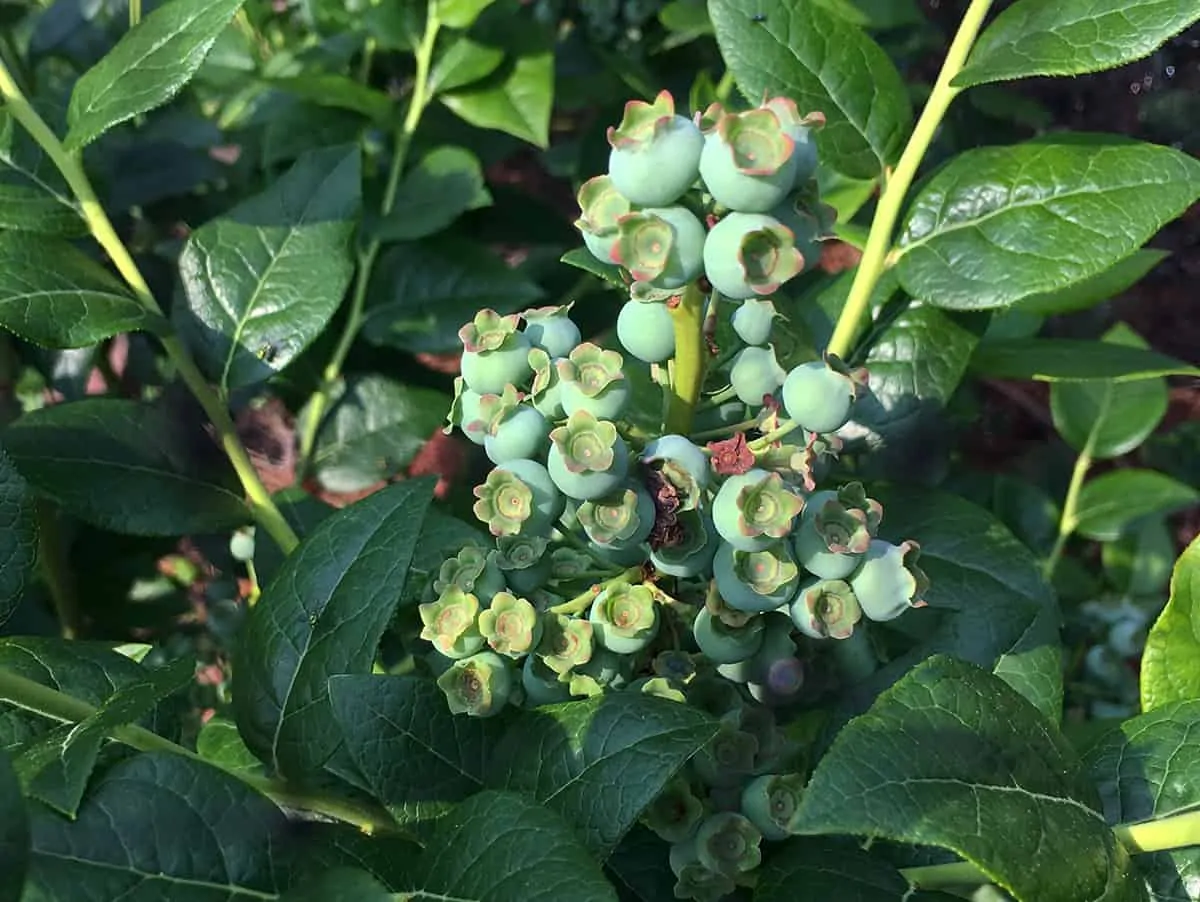Starting gardeners typically ask, what’s the distinction between an evergreen and a deciduous tree or shrub? The quick reply is, a deciduous tree or shrub sheds its leaves in fall and the plant grows new foliage once more in spring; an evergreen tree or shrub retains all or most of its foliage yr spherical.
However as with almost every part in gardening, the definition isn’t so clear minimize. The lengthy reply is, there are additionally semi-evergreen and semi-deciduous crops.
Why you must know the distinction between evergreen and deciduous
Evergreen and deciduous bushes and shrubs play totally different roles within the panorama, particularly in winter. Evergreens can be utilized for year-round windbreaks and all-season safety from extreme climate. Together with evergreen shrubs, additionally they add some inexperienced to an in any other case grey panorama within the coldest months.
Deciduous bushes may be planted to strategically shade your private home from late afternoon solar in summer time. When their leaves are absent in winter, together with the shade, the solar warms your private home within the afternoon. Other than the utilitarian capabilities, aesthetics play a job too. Earlier than planting, take into consideration the way you’d like your panorama to look in all 4 seasons, which crops praise one another, and plant accordingly (please select native crops to your space). There are additionally causes for planting evergreens and deciduous crops to profit your native ecosystem and wildlife habitat.
rhododendron with snow evergreen
A Rhododendron is evergreen. It retains its leaves all winter and offers coloration when the remainder of the panorama is bleak.
What’s an evergreen tree or shrub?
An evergreen is a perennial that retains its leaves all year long and into the following rising season. Really, evergreens solely seem to maintain their leaves all season. They lose their leaves step by step all year long, and never suddenly like deciduous crops (therefore, pine needles on the forest flooring).
Some evergreens have leaves we name “needles” – lengthy and skinny and generally sharp, like these on pine bushes or blue spruce. Others have thick, broad leaves which can be leather-like, such because the foliage on rhododendrons. Some evergreens produce cones as an alternative of flowers and are known as conifers – like pine, cedar, and spruce bushes. Most conifers are evergreens, however not all.
Associated Put up: Lilacs: Tips about Planting and Rising
Semi-evergreen crops
A plant is alleged to be semi-evergreen when their development sample falls between evergreen and deciduous. They might shed their foliage for less than a short while in winter, after which regrow leaves a month or two later. Different semi-evergreens could lose some however not all of their leaves for less than a fraction of a season. A semi-evergreen may also be evergreen in a light local weather however deciduous in a colder local weather.
Examples of evergreens
Many of the bushes and shrubs listed are plant households. Some are frequent names. Please seek the advice of your native college extension for evergreen crops which can be hardy in your space.
Agave Inkberry
Anacua (Knockaway, Sandpaper Tree) Juniper
Anacahuite (Wild Olive) (Mexican-Olive) Leucothoe
Arborvitae Magnolia
Artemisia Mahonia
Berberis (Barberry) Manzanita
Bayberry (semi-evergreen) Mountain Laurel
Bay Laurel Nolina
Bluewood Pacific Madrone
Boxwood Palm bushes
Broom Pieris
Cactus Pine
Calliandra (semi-deciduous or evergreen relying on local weather) Pyracantha
Camellia Redwoods
Cedar Rhododendron / Azalea
Cercocarpus (mountain mahogany) Snowbrush
Cotoneaster Spruce
Cypress Toyon
Daphne Vauquelinia
Euonymus Viburnum (some)
Fir Wax Myrtle
Firethorn (semi-evergreen) Yew
Hemlock Yucca


